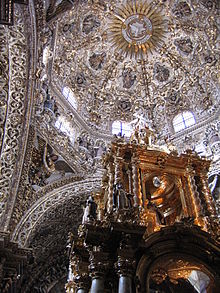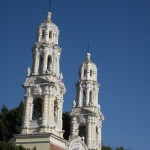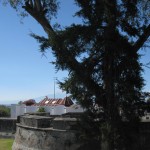
The city of Puebla, officially Heroic Puebla de Zaragoza (nicknamed Angelópolis) is the capital and largest city of the Mexican state of Puebla. The city has a population of 1,399,519 (the municipality, 1,485,941). The metropolitan area of the city, however, extends over 10 municipalities of the state of Puebla, such as the city of Cholula and 13 of the state of Tlaxcala, and with a population of 2,109,049 it is fourth most populous metropolitan area in Mexico. Puebla is an important industrial, cultural and educational center of Mexico for the central and south-east regions. It is also one of the oldest colonial cities in the continent.
In a broad, high valley about 60 miles southeast of Mexico City is a city known by many names over the years: City of Angels, City of Tiles, Heroic City of Zaragoza. Today we know it as simply Puebla.
Established by the Spanish in 1531 on the main route between the port of Veracruz, (the most important port in Mexico) and Mexico City, Puebla was the principal city of colonial Mexico. Puebla’s appearance is the most European of all the colonial cities, because it was planned from the ground up by a Spanish city designer rather than being built within an existing Indian community.
By 1539, Puebla had a university and was on its way to becoming well-known throughout Mexico for milling, textiles, exquisitely decorated pottery and tiles, and for the architectural beauty of its buildings.
Although modern Puebla is highly industrialized, its historic downtown remains a Spanish-colonial treasure filled with elegant 17th and 18th century European architecture and art. When you add a temperate climate year-around, friendly and courteous residents (called poblanos) and delicious regional cuisine, Puebla becomes the ideal place to learn Spanish.






